Canada might be known for its snowy landscapes and friendly people, but the true hidden treasure of the Great White North lies in its rich culinary traditions. Beyond maple syrup and poutine, Canadian cuisine offers a remarkable variety of dishes, snacks, and treats that have quietly built global cult followings. Some of these foods are uniquely regional, while others have become international sensations without many people realizing their Canadian origins. Here’s a closer look at 26 Canadian foods that the world just can’t seem to get enough of, even if they don’t know it yet.
Poutine
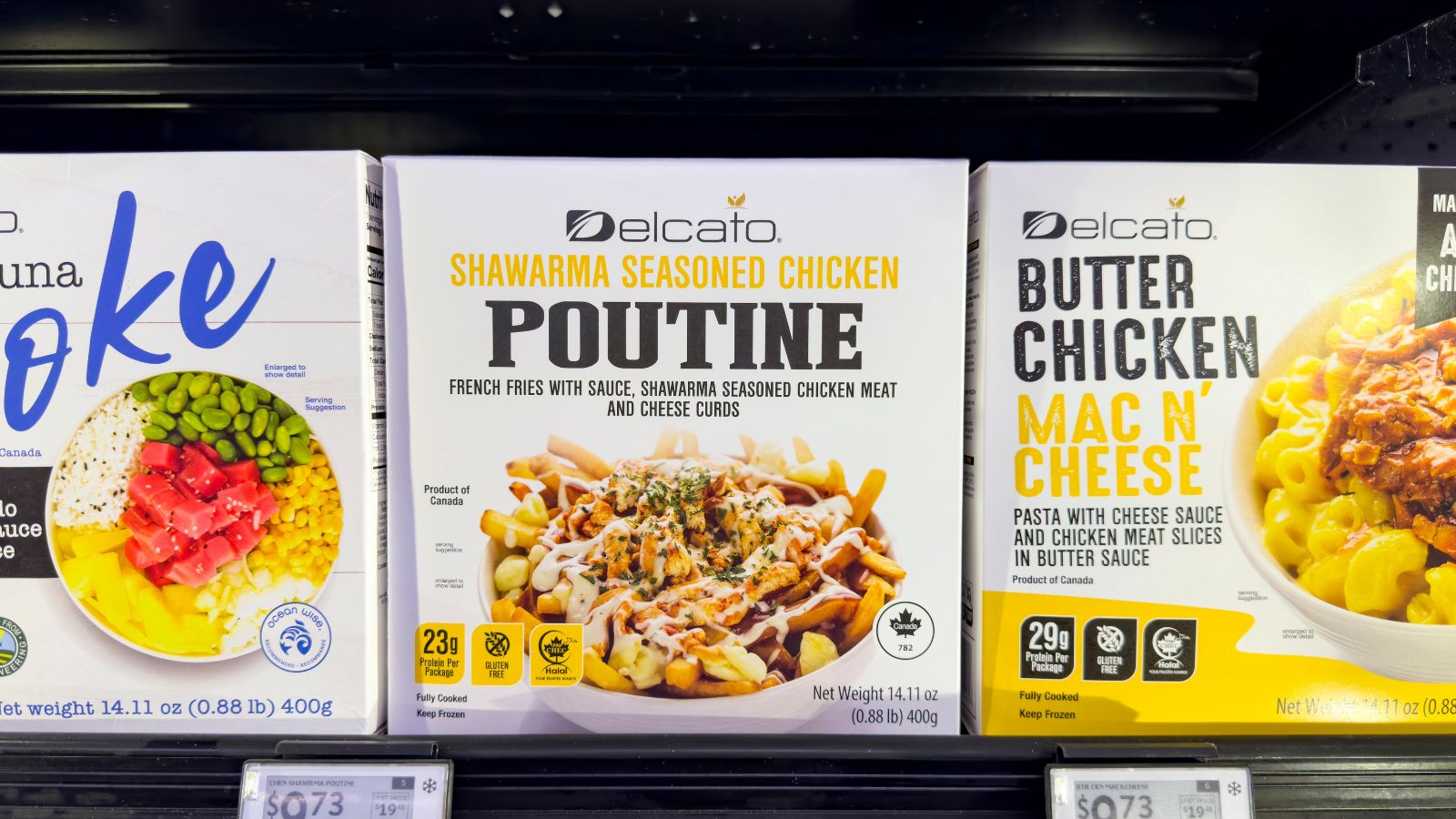
What started as a greasy spoon favorite in rural Quebec has become an international icon of comfort food. Poutine, made with golden fries, squeaky cheese curds, and a generous pour of brown gravy, has found fans across the globe. You’ll now see poutine on menus in upscale restaurants in Europe and Asia, sometimes with foie gras or truffle oil added. Its savory indulgence has made it a symbol of Canadian hospitality and late-night eats.
Butter Tarts
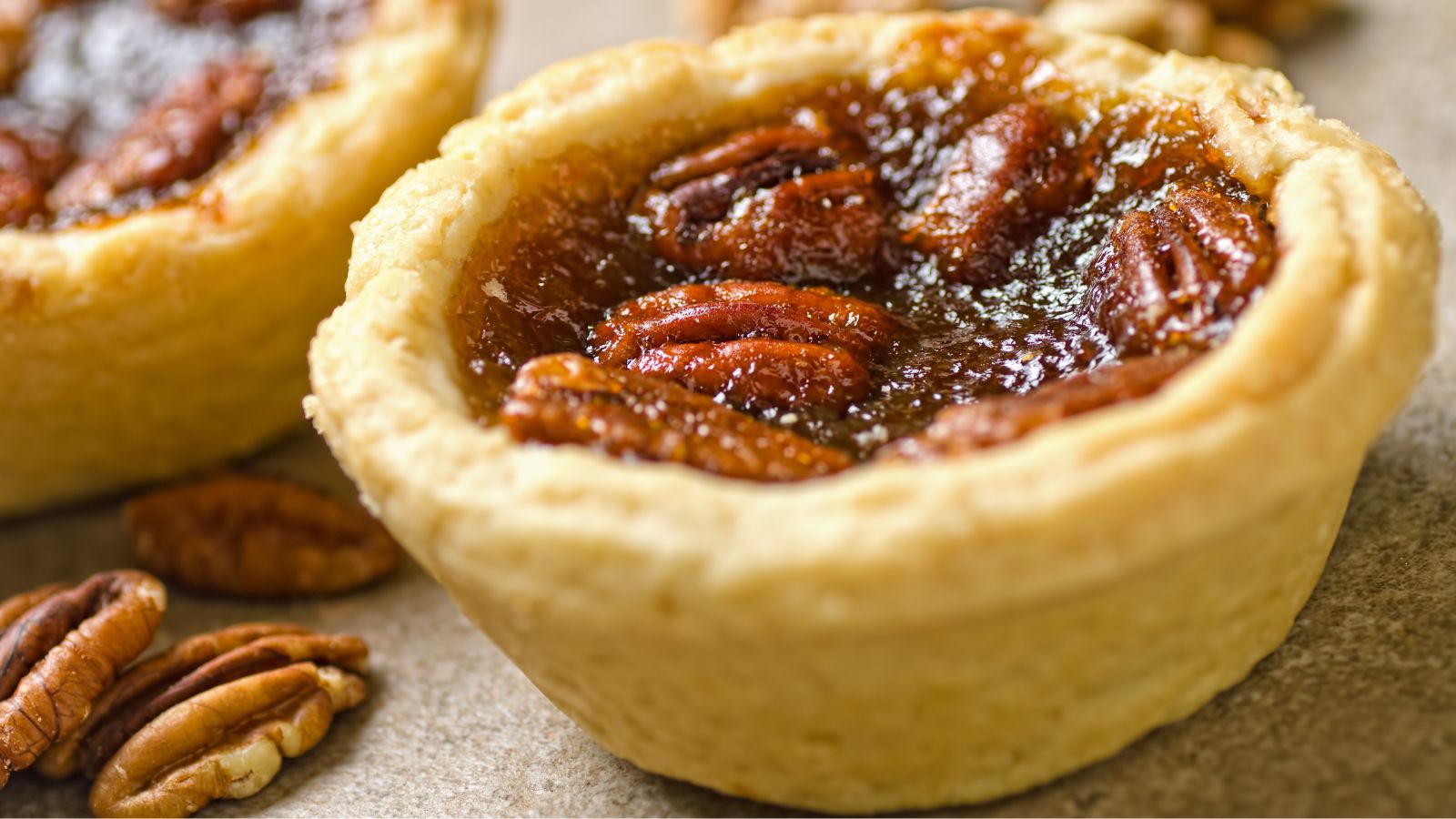
Butter tarts are small, sweet, gooey pastries with a flaky shell and a rich filling of butter, sugar, and eggs. Often containing raisins or pecans, these desserts are an essential part of Canadian food culture. Visitors often fall in love with them at first bite, and they’ve slowly found their way into international bakeries and recipe blogs. Their deceptively simple look hides an explosion of flavor that’s addicting in every sense.
Maple Syrup
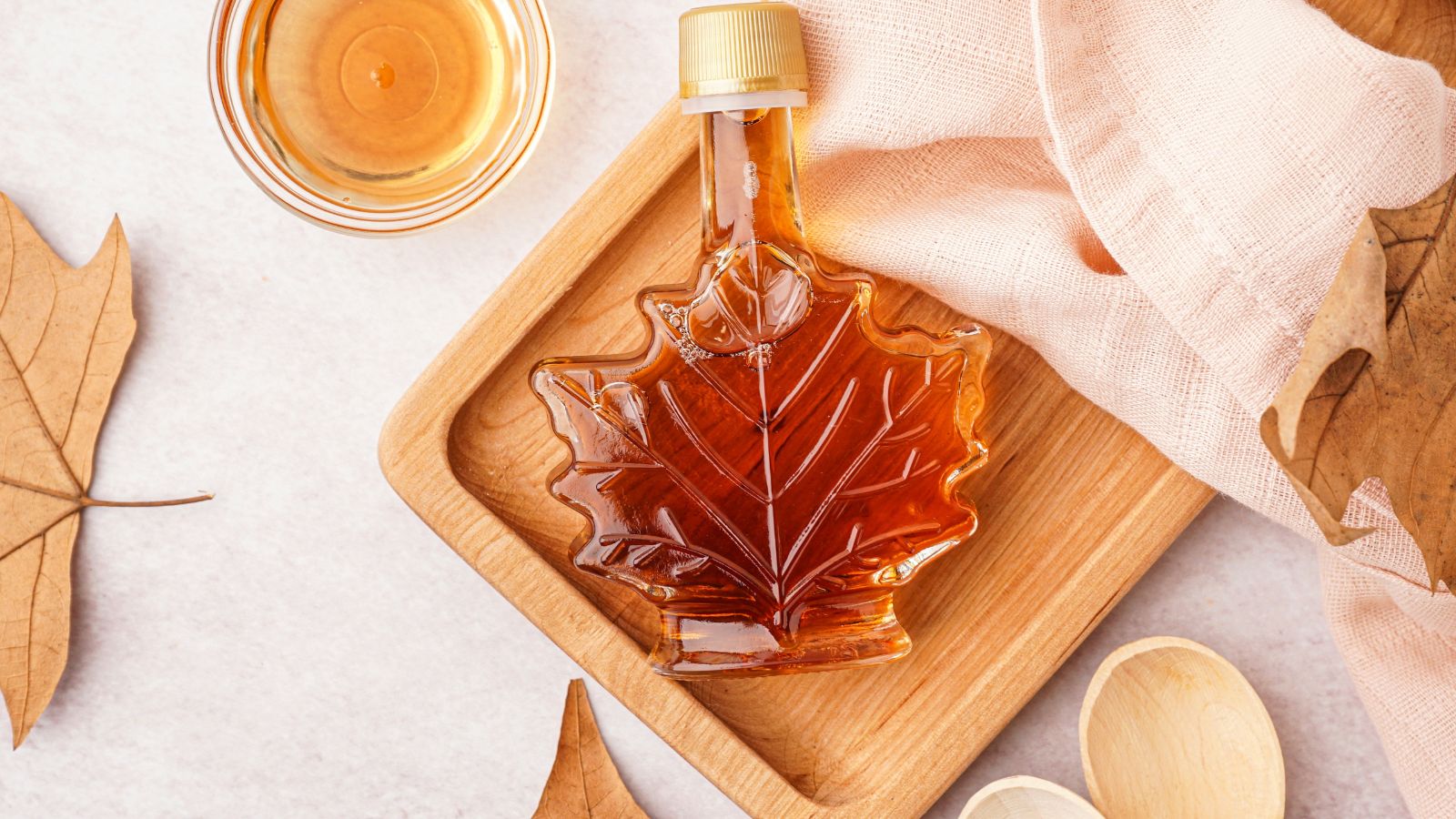
Canada produces around 71% of the world’s pure maple syrup, most of it from Quebec. More than just a pancake topping, maple syrup is used globally in marinades, dressings, desserts, and even cocktails. People everywhere associate the syrup’s robust, earthy sweetness with Canadian forests and artisanal quality. It’s become such a sought-after export that counterfeit products often try to mimic the real thing.
Nanaimo Bars

Originating from the city of Nanaimo in British Columbia, these no-bake bars are a sweet-lover’s dream. With a three-layer construction of chocolate ganache, custard-flavored butter icing, and a coconut-graham cracker base, Nanaimo bars are decadently rich. Though still considered a Canadian classic, they’ve been spotted in cafes and bakeries as far afield as Australia and Japan. They offer a dessert experience that’s uniquely satisfying and deeply Canadian.
Ketchup Chips
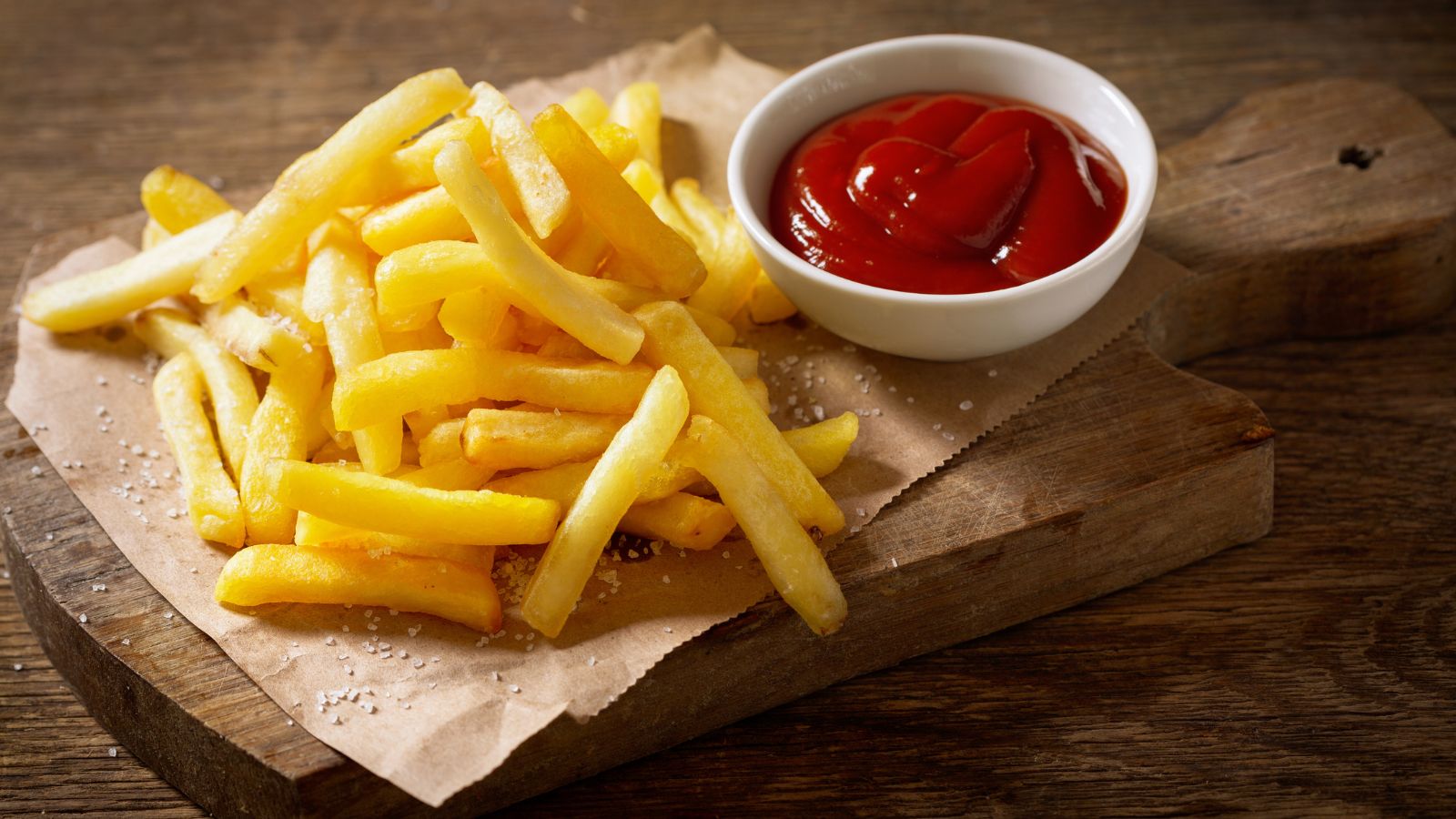
While Americans may be puzzled by the appeal, Canadians have long held a fierce loyalty to ketchup-flavored potato chips. The tangy, salty, sweet flavor makes them wildly addictive. Tourists often carry bags of them home like contraband, and online forums buzz with people seeking international shipping options. These chips have become a beloved oddity outside Canada, gaining cult status among snack aficionados worldwide.
Peameal Bacon (Canadian Bacon)
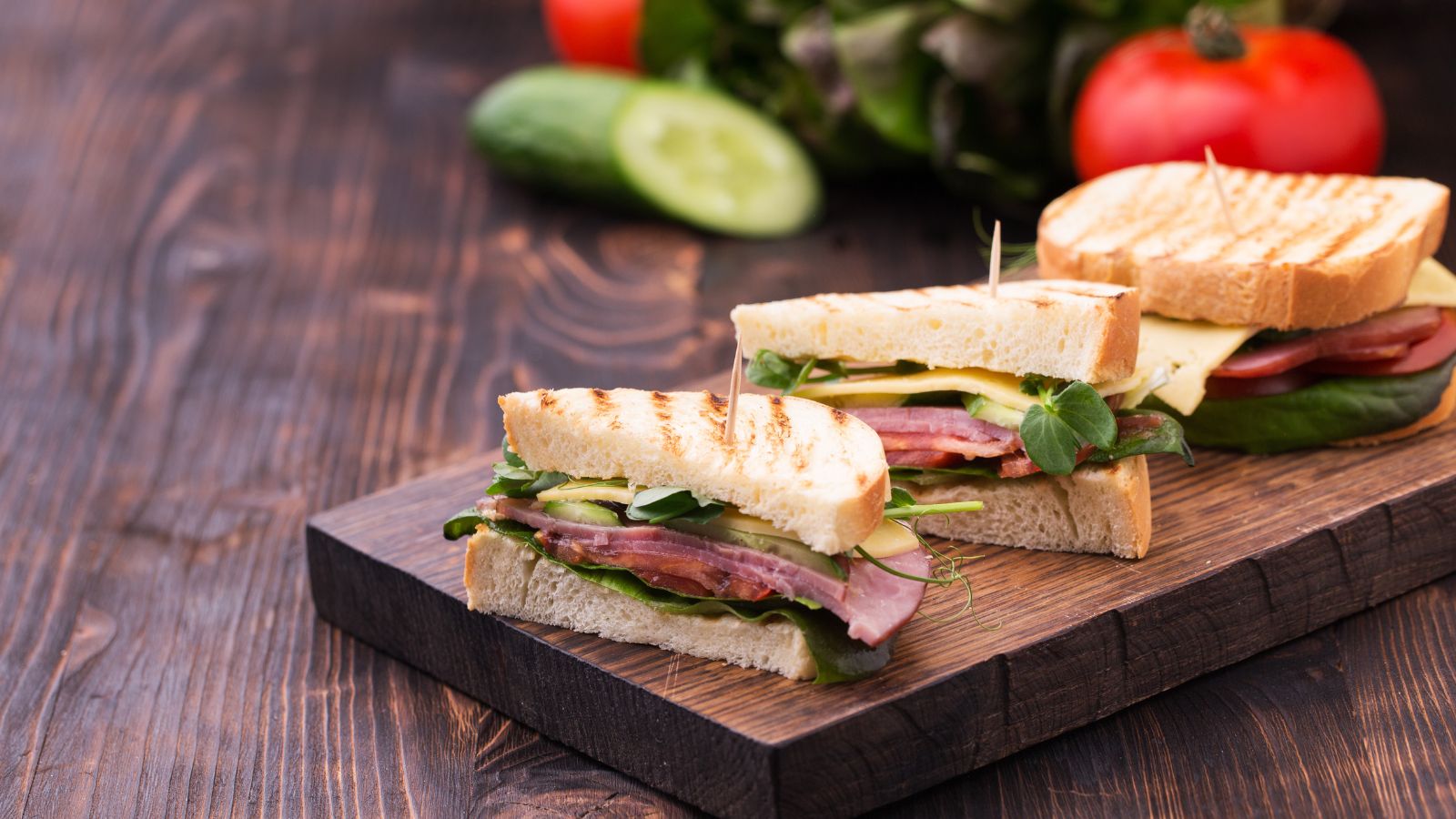
Unlike the crispy strips of American-style bacon, Canadian bacon—or peameal bacon—is a juicy, pork loin rolled in cornmeal and usually sliced thick. Served on breakfast sandwiches or plated with eggs, it offers a leaner, meatier bite. Though the name “Canadian bacon” is more popular abroad, many don’t realize that the peameal version is what truly defines this national treasure. Its growing popularity in brunch spots around the world underscores its rising fame.
BeaverTails

A staple at Canadian fairs and ski resorts, BeaverTails are deep-fried pastries stretched into the shape of a beaver’s tail and topped with anything from cinnamon sugar to Nutella and bananas. The combination of chewy dough and sweet toppings is universally appealing. BeaverTails have expanded beyond Canada’s borders, opening stores in places like South Korea and the UAE. They’re more than just a dessert—they’re a cultural experience.
Caesar Cocktail
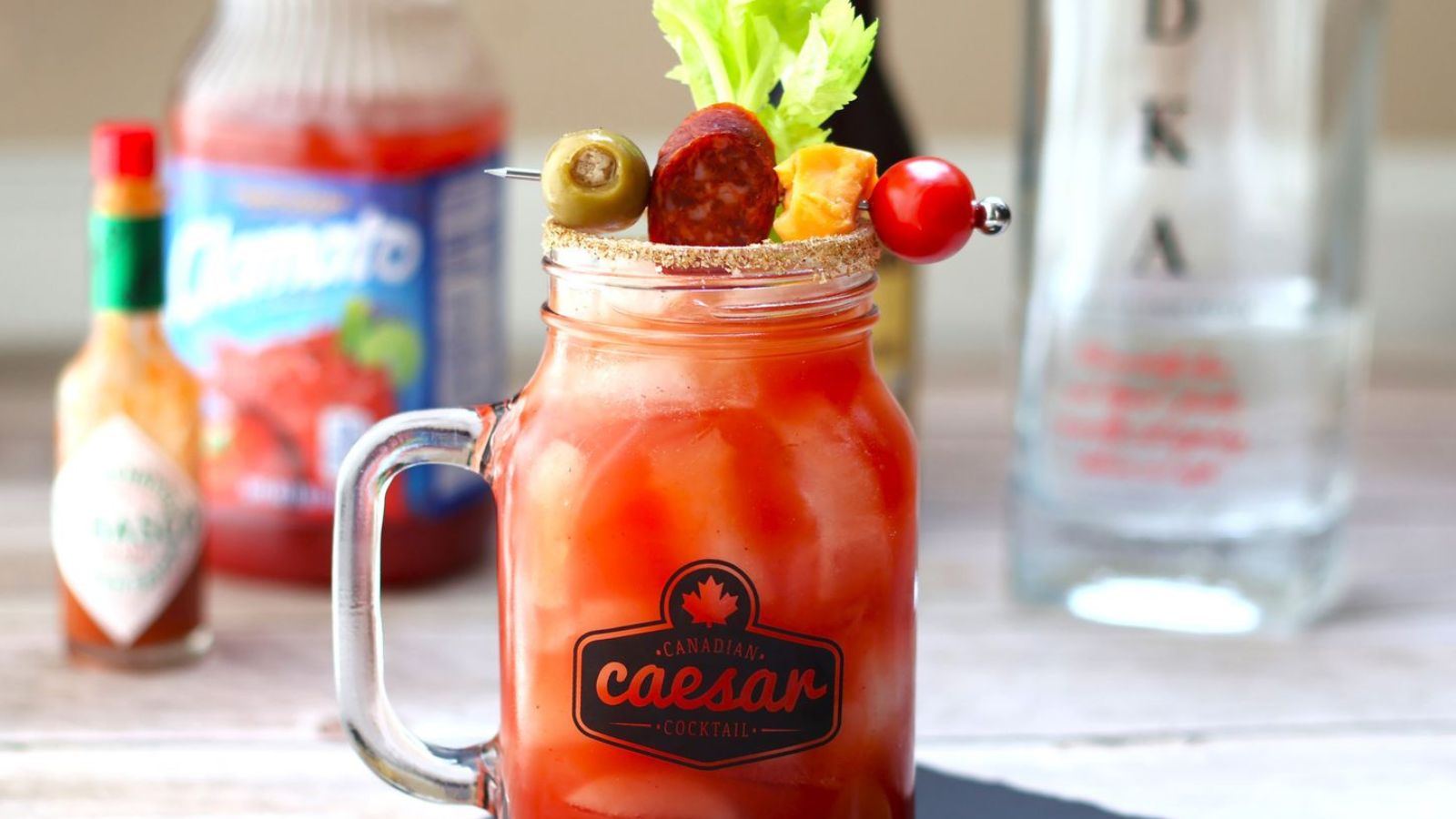
Think Bloody Mary, but better. The Caesar, invented in Calgary in 1969, uses Clamato juice (a blend of tomato and clam juice) as its base, along with vodka, hot sauce, and Worcestershire sauce. Rimmed with celery salt and garnished with everything from pickles to bacon strips, it’s a brunch staple. Canadians drink millions of Caesars annually, and bartenders around the world have started to embrace this savory, umami-rich cocktail.
Montreal-Style Bagels
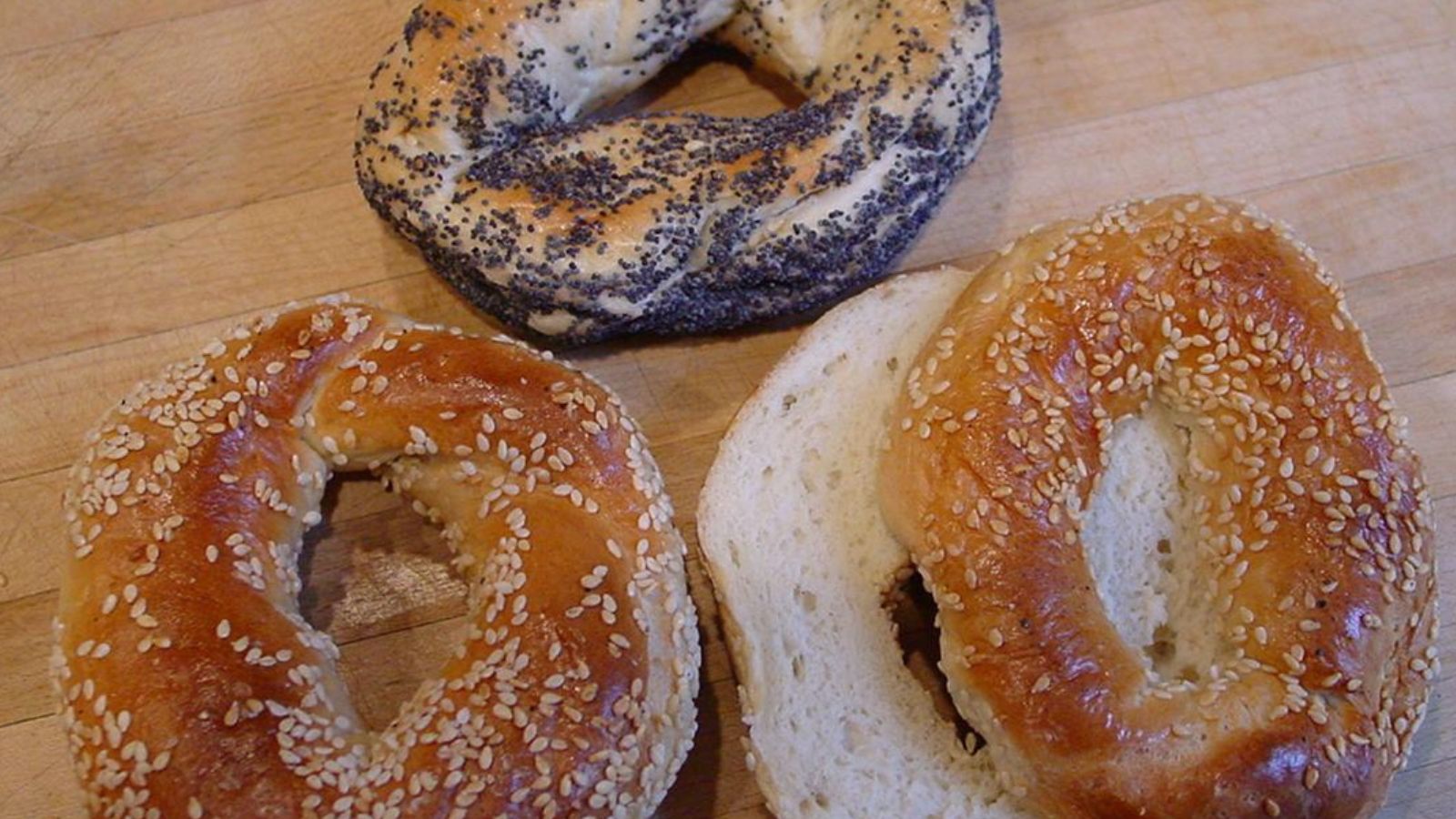
Sweeter, denser, and smaller than their New York cousins, Montreal-style bagels are boiled in honey water and baked in wood-fired ovens. These unique traits make them highly sought after, especially by foodies who enjoy traditional craftsmanship. With bagel shops popping up in cities like London and Tokyo, the Montreal-style bagel has become an artisanal export.
Tourtière

This traditional meat pie, often served during the holidays, is filled with a spiced blend of ground pork, veal, or beef. Hailing from Quebec, tourtière has a flaky crust and hearty filling that makes it a soul-warming dish. Its unique combination of cinnamon, cloves, and savory meat has intrigued chefs abroad. Some high-end restaurants in Europe have even begun offering their own takes on this winter favorite.
Smarties (Canadian Version)

While Smarties exist in the U.S. as tart candies, the Canadian version is a chocolate treat similar to M&Ms. The candy-coated chocolates come in a rainbow of colors and are a childhood favorite across Canada. International fans who try the Canadian version often express surprise at how different, and better, they taste. They’re now a favorite to bring home as souvenirs or order online for nostalgic indulgence.
Bannock

A legacy of Indigenous cuisine, bannock is a simple bread that can be baked, fried, or cooked over a fire. With a slightly crispy exterior and soft interior, it’s incredibly versatile and can be sweet or savory. Bannock has gained global attention for its roots in traditional Indigenous food culture, and is being featured in gourmet interpretations worldwide. It represents a deeper, richer side of Canadian culinary heritage.
Saskatoon Berries
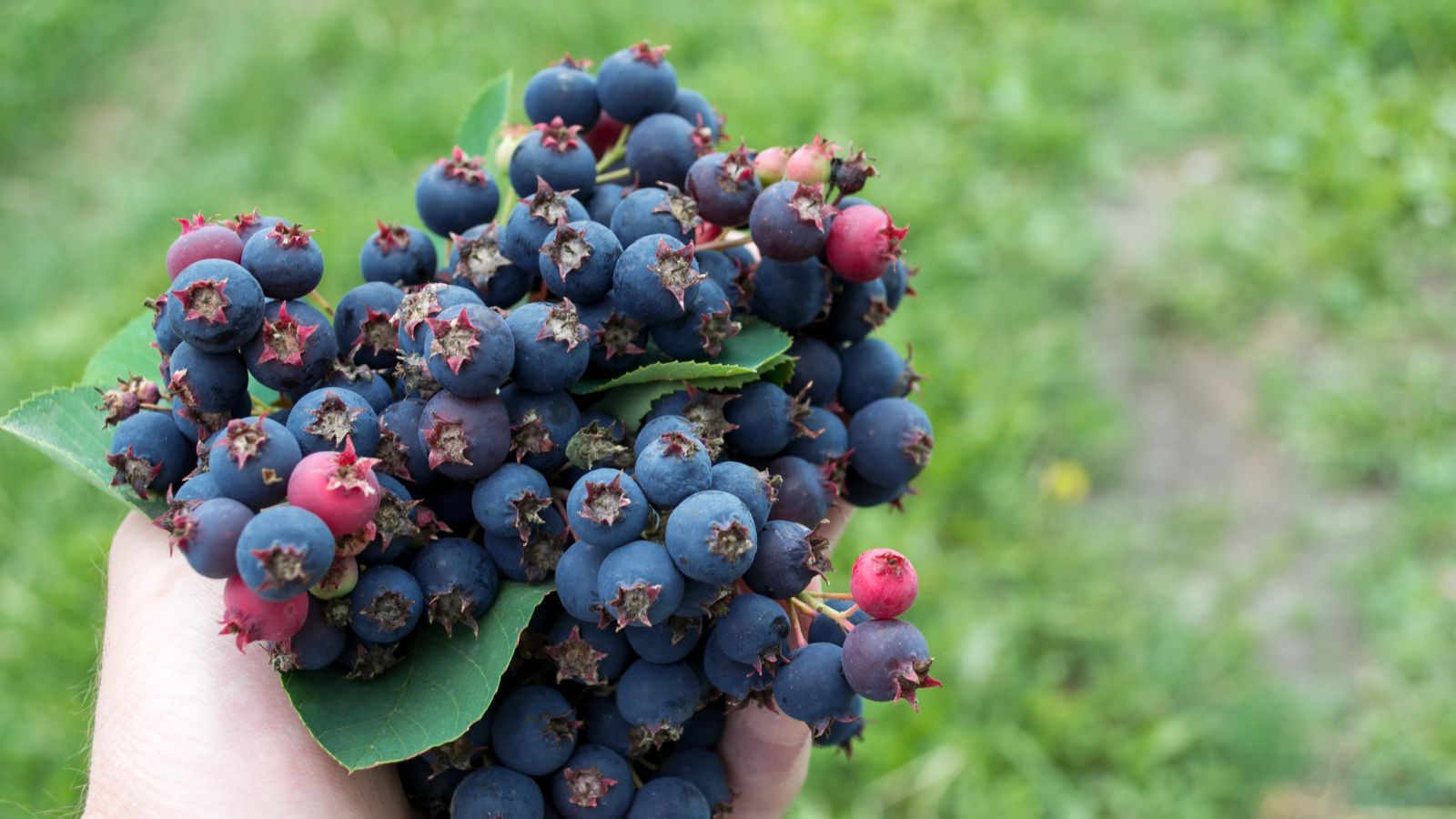
These sweet, nutty berries resemble blueberries but offer a distinct almond-like flavor. Found primarily in the Prairie provinces, they’re a key ingredient in pies, jams, and syrups. As interest in native and “superfood” fruits grows internationally, Saskatoon berries are making their mark. Their unique taste and nutritional value have led to increasing demand from chefs and health-conscious eaters abroad.
Donair
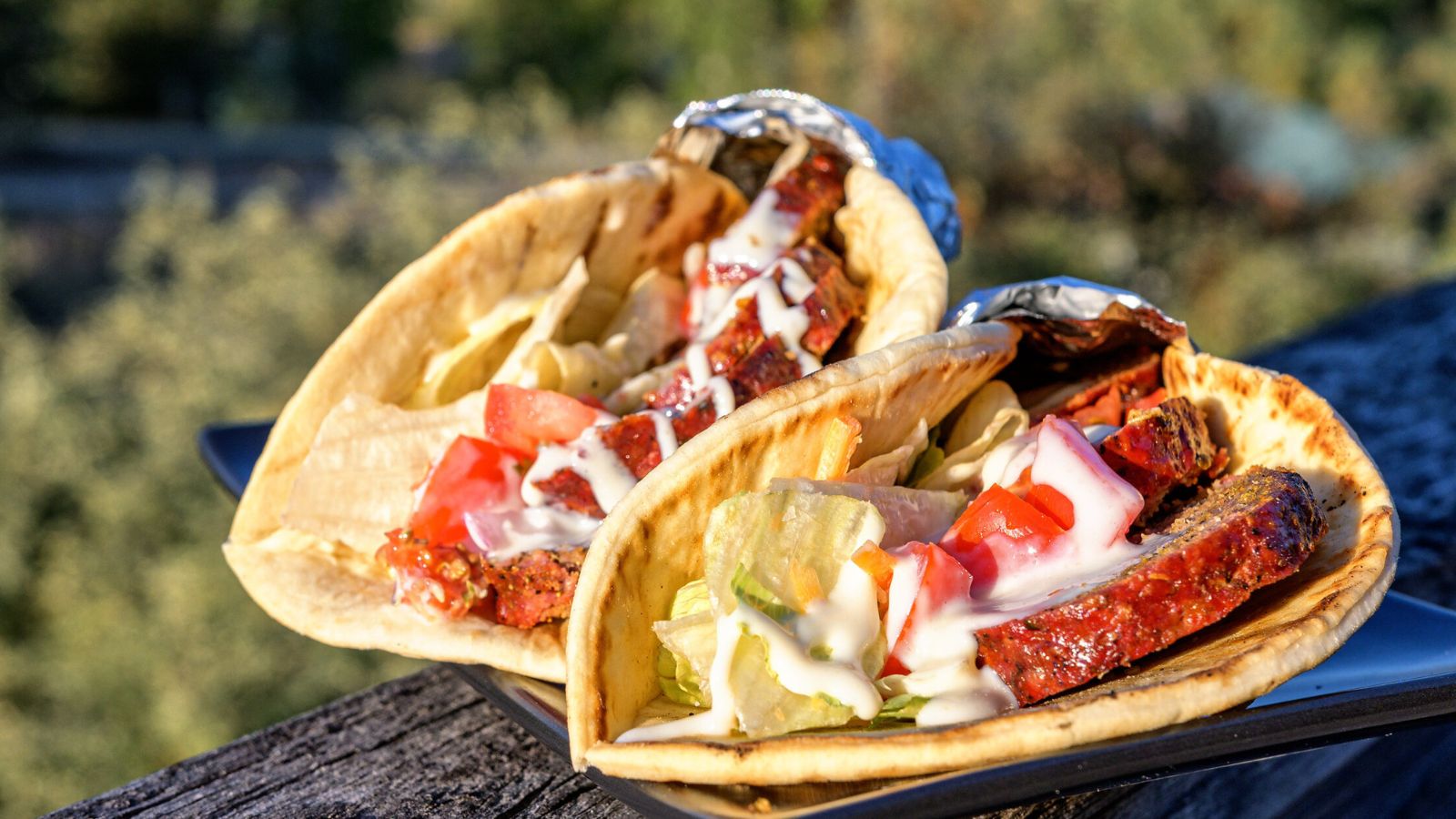
The donair is Halifax’s beloved street food, originally adapted from the Turkish döner. It features spiced beef, sweet garlic sauce, and fresh toppings wrapped in pita. Though it shares DNA with other global meat wraps, the sweet-sauced donair stands apart. Its fame has spread well beyond the Maritimes, with donair shops emerging in cities across Europe and Australia.
All-Dressed Chips
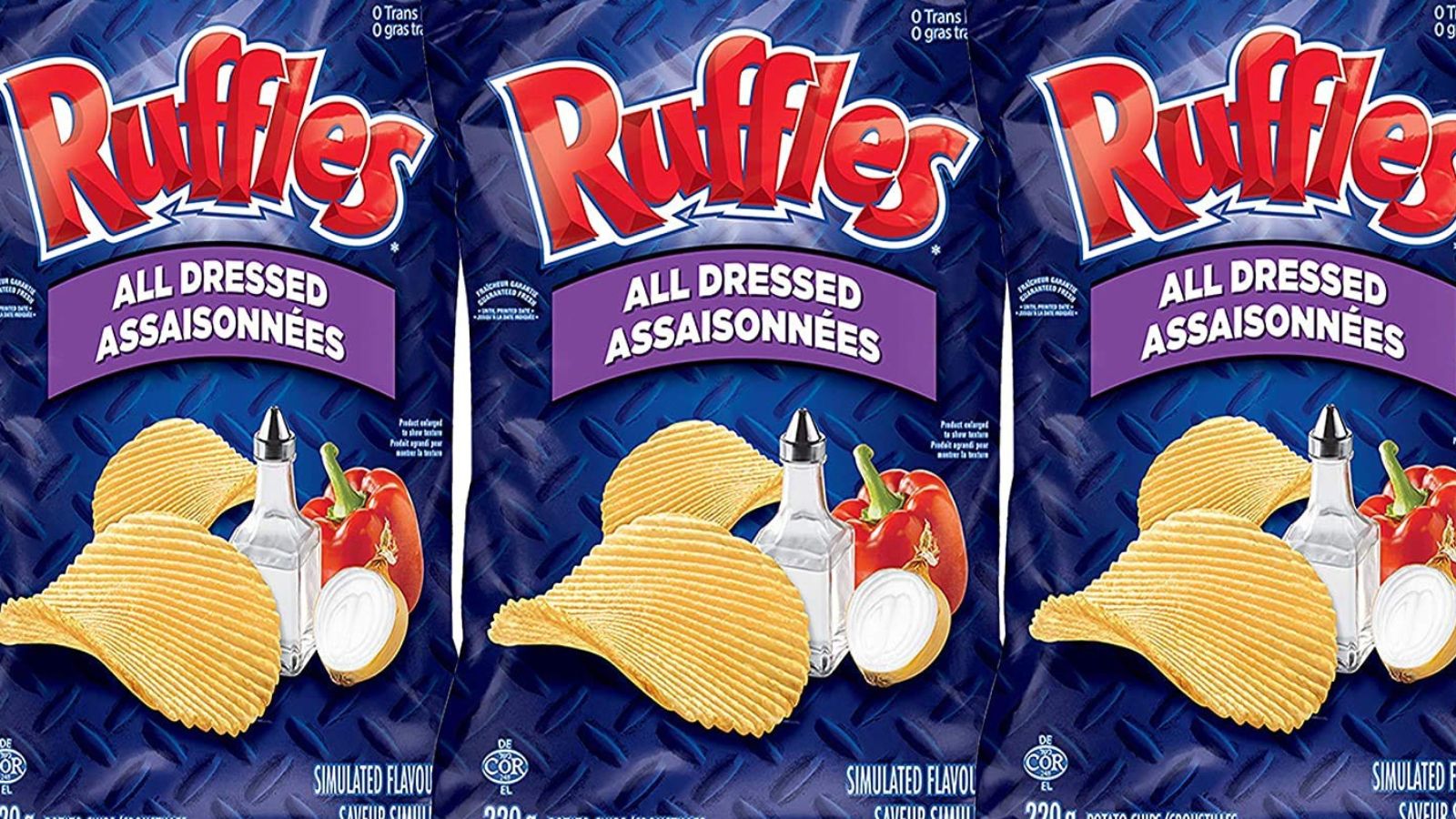
A uniquely Canadian flavor combination, all-dressed chips mix ketchup, salt and vinegar, barbecue, and other seasonings into one punchy, tangy blend. Their intense flavor profile has inspired curiosity and obsession among snack lovers worldwide. U.S. retailers occasionally carry them due to demand, and online snack shops ship them globally. These chips are a wildcard snack that continues to win over adventurous palates.
Tim Hortons Double Double
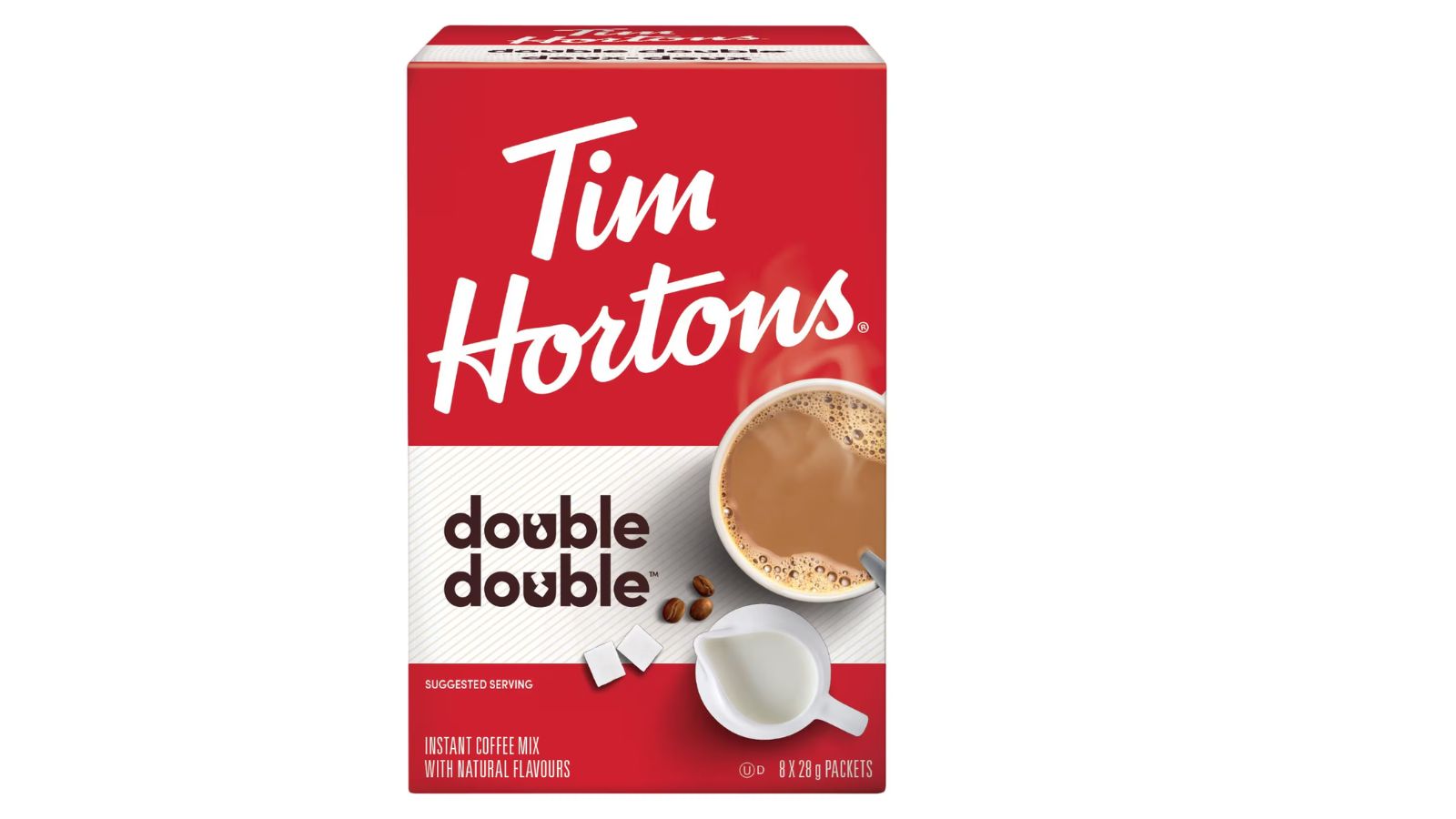
More than just coffee, a “double-double” (two creams, two sugars) is a cultural shorthand known to any Canadian. Tim Hortons has exported its coffee and baked goods around the world, from the UK to the Philippines. Expats and curious locals line up to see what the fuss is about, and many end up hooked on the sweet, milky coffee. It’s a taste of home for Canadians and a curiosity that turns into a habit for everyone else.
Persian Rolls
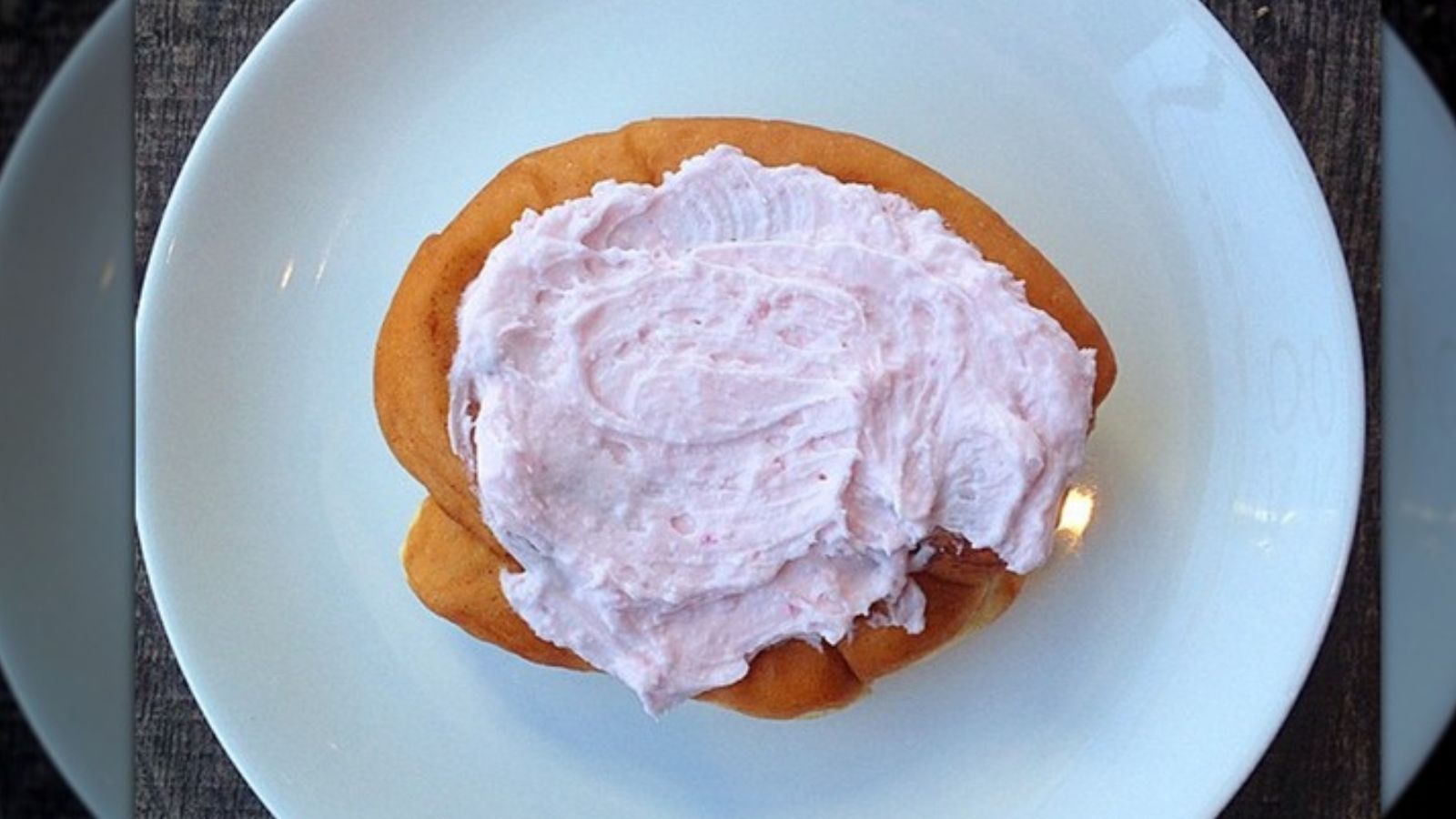
Originating from Thunder Bay, Ontario, Persian rolls are cinnamon rolls topped with a sweet pink icing made from berries. They’re mysterious, regional, and totally addictive. Their uniqueness has made them a prized culinary oddity for those who manage to try one. While they haven’t gone mainstream yet, they’re slowly gaining attention from food travelers and bloggers.
Split Pea Soup

Especially popular in Quebec, this hearty soup is often made with yellow split peas and ham hock. It’s deeply comforting and nutritious, perfect for cold winters. As more people search for traditional, slow-cooked meals, Canadian-style pea soup has found its way onto international menus. It brings warmth and a touch of rustic authenticity to modern kitchens.
Tire d’érable (Maple Taffy)
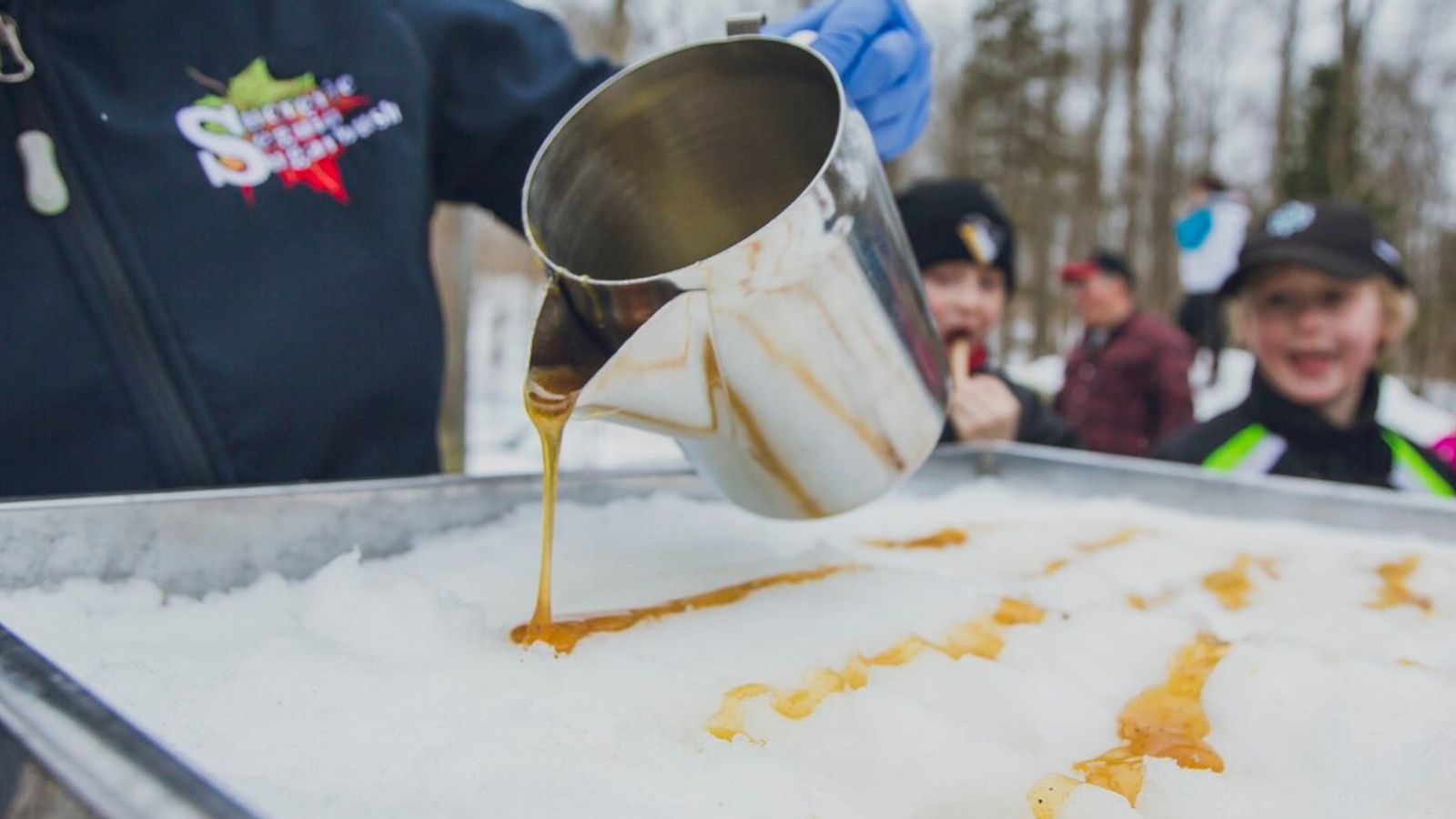
Made by pouring hot maple syrup over snow and rolling it onto sticks, maple taffy is a sugary delight with a chewy texture. It’s commonly found at sugar shacks in Quebec during spring. Videos of the process have gone viral, attracting interest from people around the world. Its theatrical preparation and rich flavor have turned it into a must-try delicacy for tourists.
Canadian Cheddar
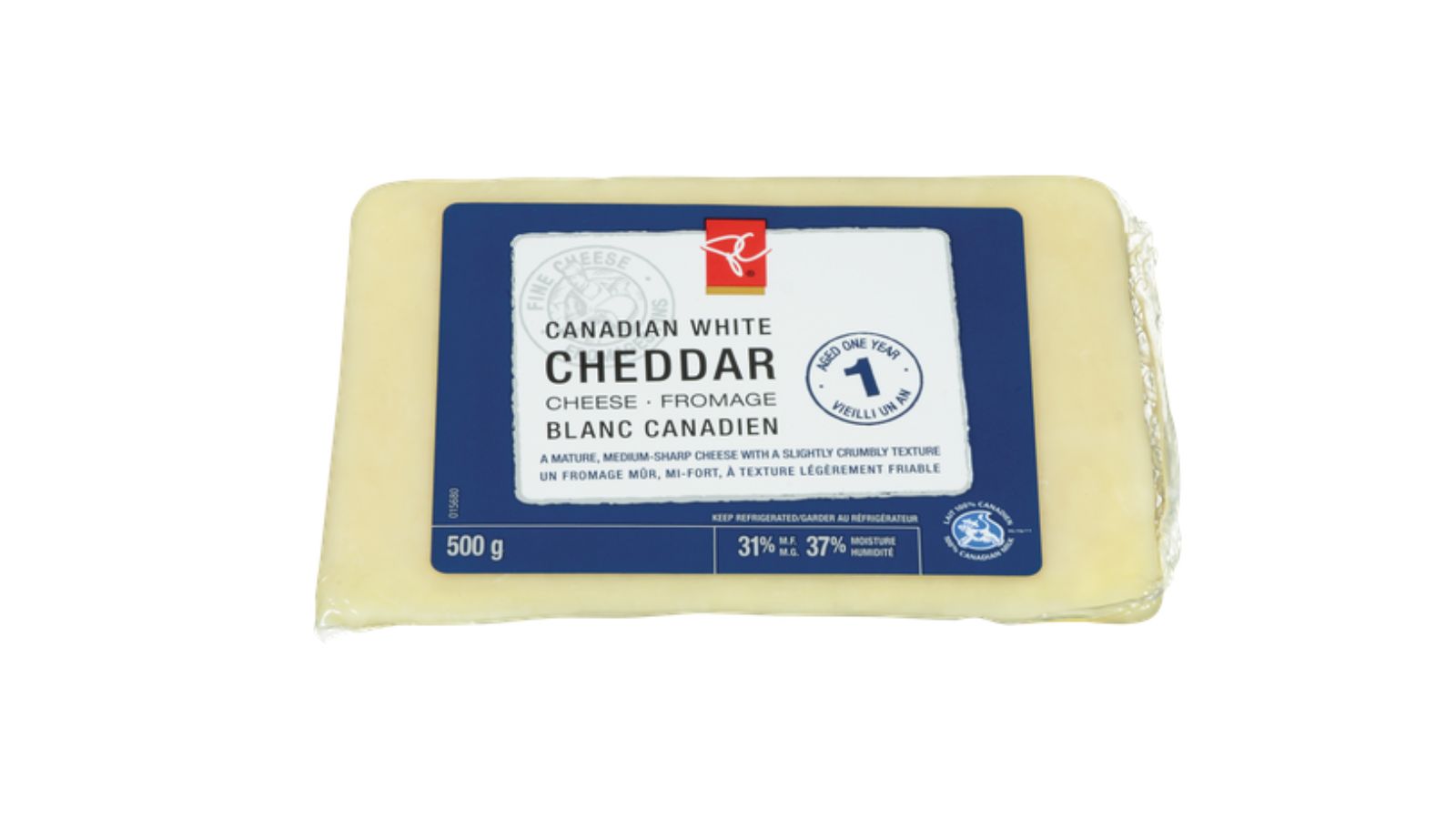
Canadian cheddar, especially from Ontario and Prince Edward Island, is aged to perfection and boasts a bold, sharp flavor. It’s gaining respect on the international cheese scene for its quality and depth. While often overshadowed by British or French varieties, Canadian cheddar is carving out a place of its own. Cheese connoisseurs globally are taking note.
Cretons
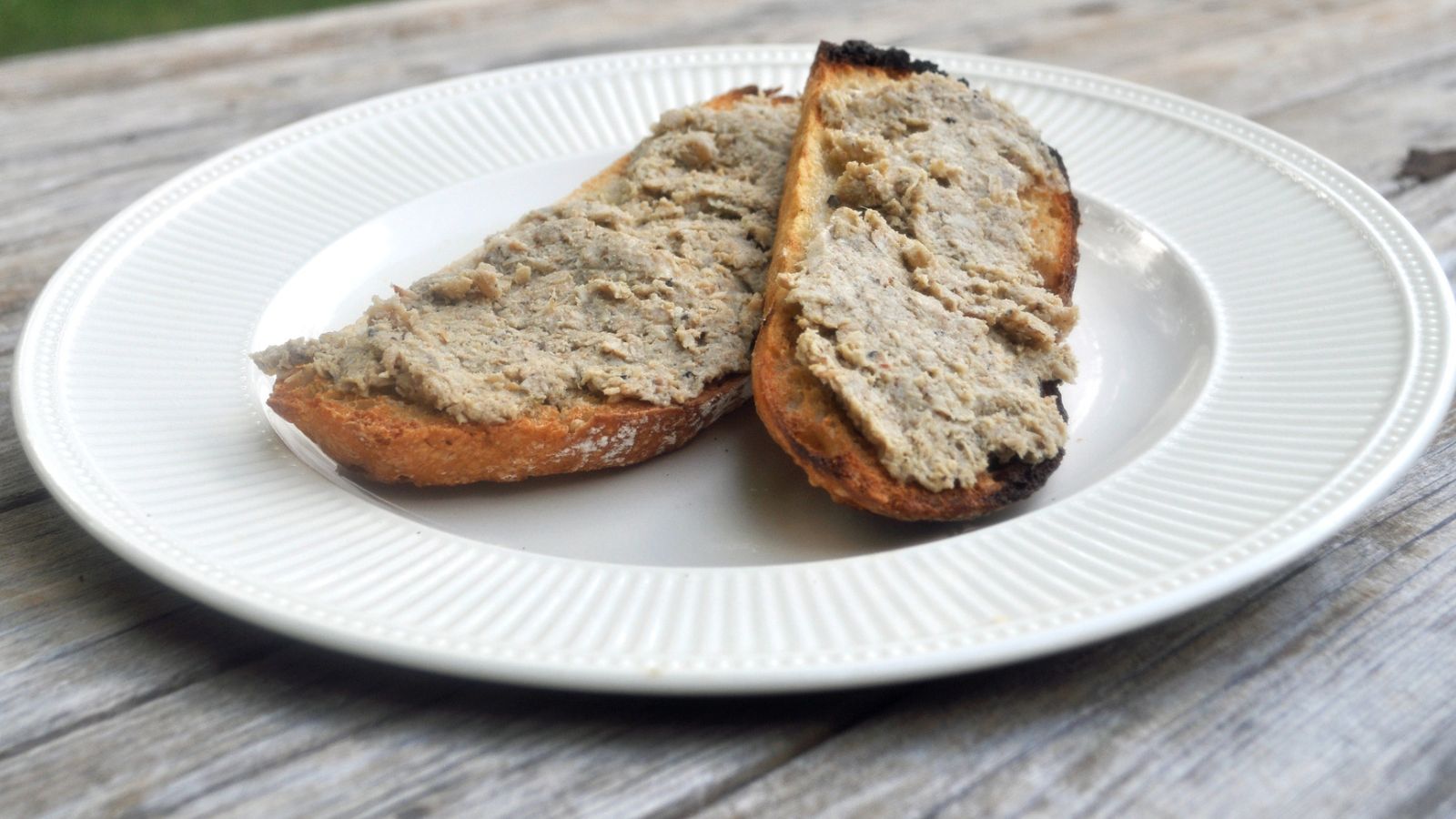
A pork spread flavored with onions and spices, cretons are a Quebec breakfast staple. Spread on toast or crackers, it’s savory, rich, and incredibly satisfying. Though its texture may surprise first-timers, food adventurers are embracing it as part of Canada’s charcuterie legacy. Artisanal producers are now exporting cretons to curious gourmands across the globe.
Blueberry Grunt
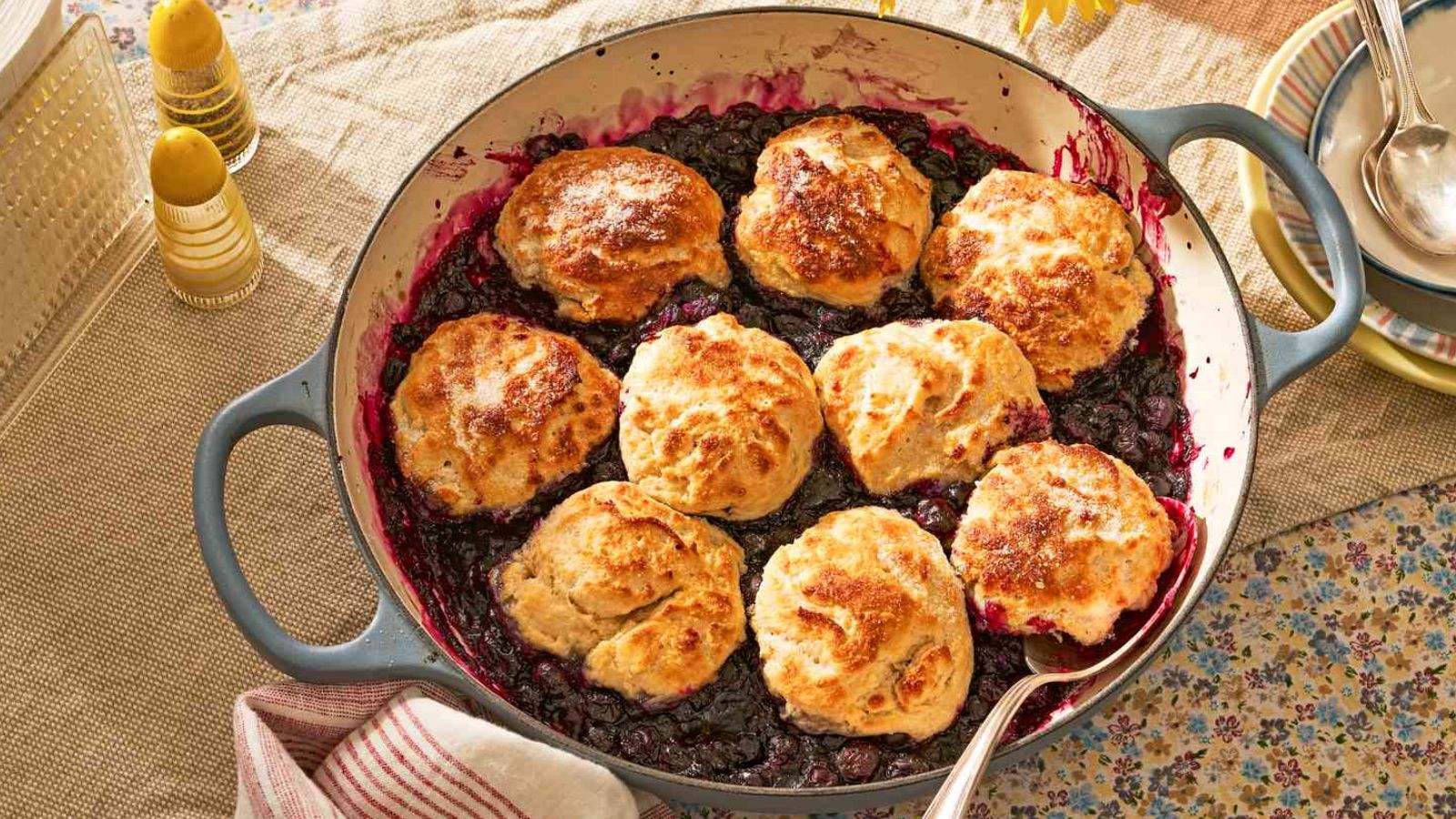
A Maritime dessert made by simmering blueberries and dropping dumplings into the bubbling mixture, blueberry grunt is comfort food at its finest. The name comes from the “grunting” sound it makes while cooking. As rustic and homey desserts gain popularity, this charming dish is being discovered by international food lovers.
Ice Wine

Made from grapes harvested while frozen, Canadian ice wine, especially from Ontario and British Columbia, is world-renowned for its intense sweetness and balanced acidity. Exported to over 40 countries, it’s a luxurious, golden treat. Wine lovers in Europe and Asia have grown fond of this Canadian gem. It represents the pinnacle of cold-climate winemaking.
Moose Meat Jerky
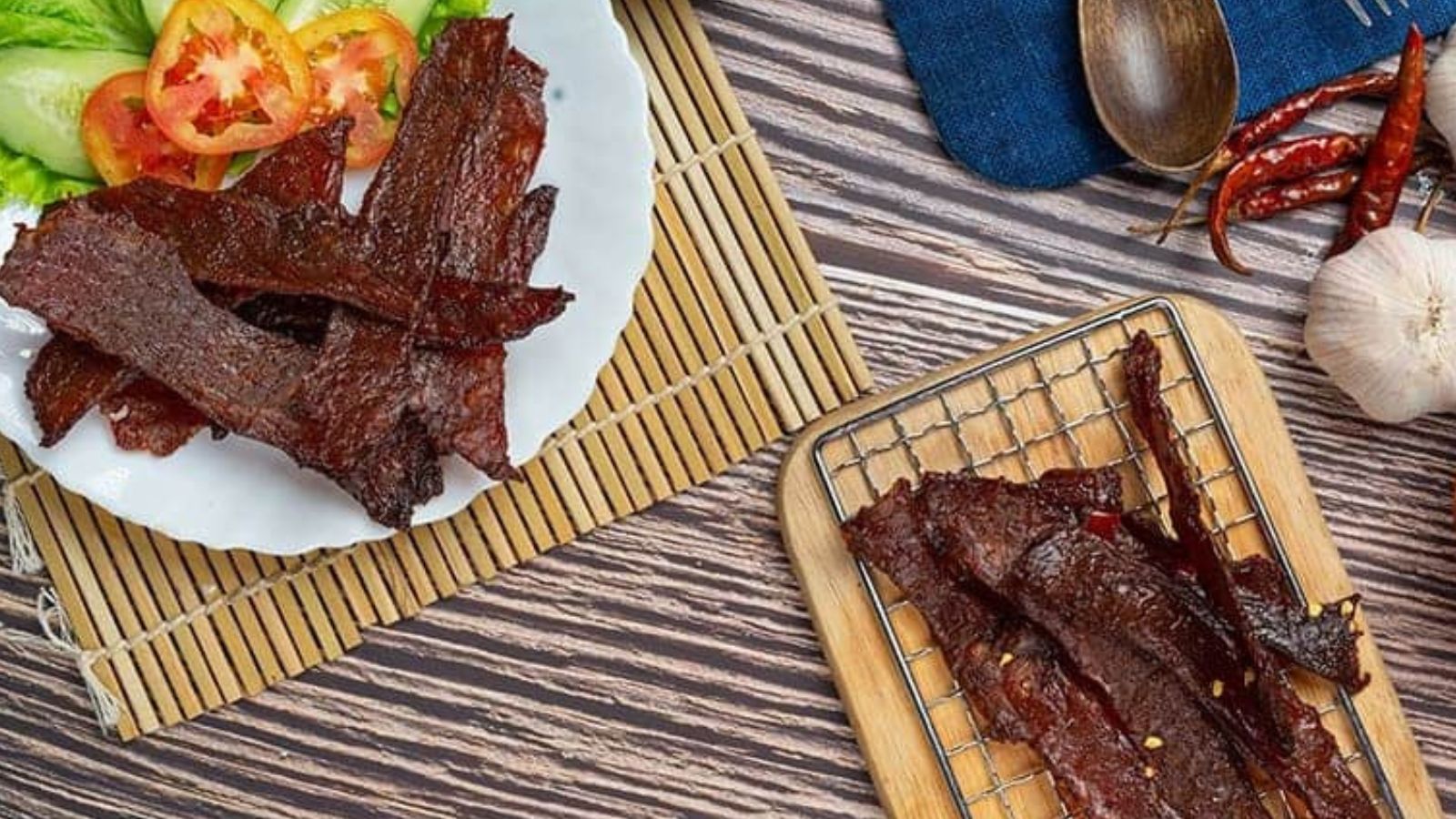
A northern specialty, moose meat jerky is lean, flavorful, and often smoked or seasoned with indigenous spices. It’s a rare find, but once tasted, it leaves a lasting impression. Hunters, hikers, and global meat snack enthusiasts are increasingly intrigued by this high-protein Canadian snack. It’s part of Canada’s wild culinary identity.
Barley Candy

Clear, hard candy molded into shapes like roosters or flowers, barley candy is a nostalgic treat often sold during Canadian holidays. It’s made with barley sugar, lending a slightly nutty, caramelized flavor. Though once considered old-fashioned, it’s making a comeback as artisanal candy shops revive classic confections. Its quaint charm and visual appeal are earning it fans far beyond Canada’s borders.
Smoked Salmon (Pacific and Atlantic)
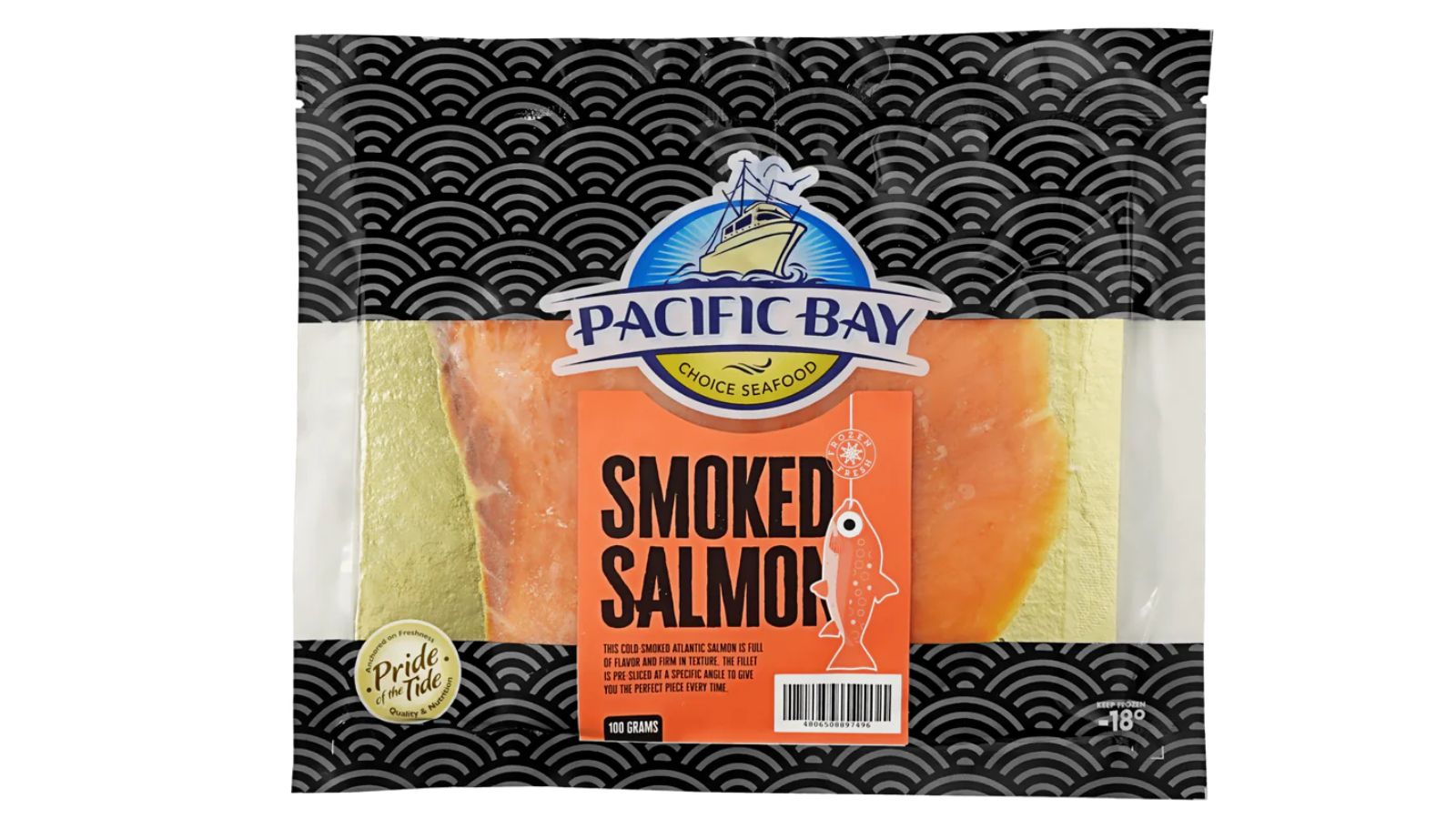
Canada’s coastal regions offer some of the world’s finest smoked salmon, known for its rich flavor and silky texture. From British Columbia to Newfoundland, this delicacy is crafted using age-old techniques. International chefs prize it for its quality and sustainability. Canadian smoked salmon graces luxury hotel buffets and gourmet kitchens from Berlin to Tokyo.
22 Times Canadian Ingenuity Left the U.S. in the Dust

When people think of innovation, they often picture Silicon Valley. However, Canada has a history of innovation, too. Whether it’s redefining sports, revolutionizing medicine, or just showing America up at its own game, Canadian inventors, thinkers, and dreamers have had their fair share of mic-drop moments. Here are 22 times Canadian ingenuity left the U.S. in the dust.
22 Times Canadian Ingenuity Left the U.S. in the Dust
